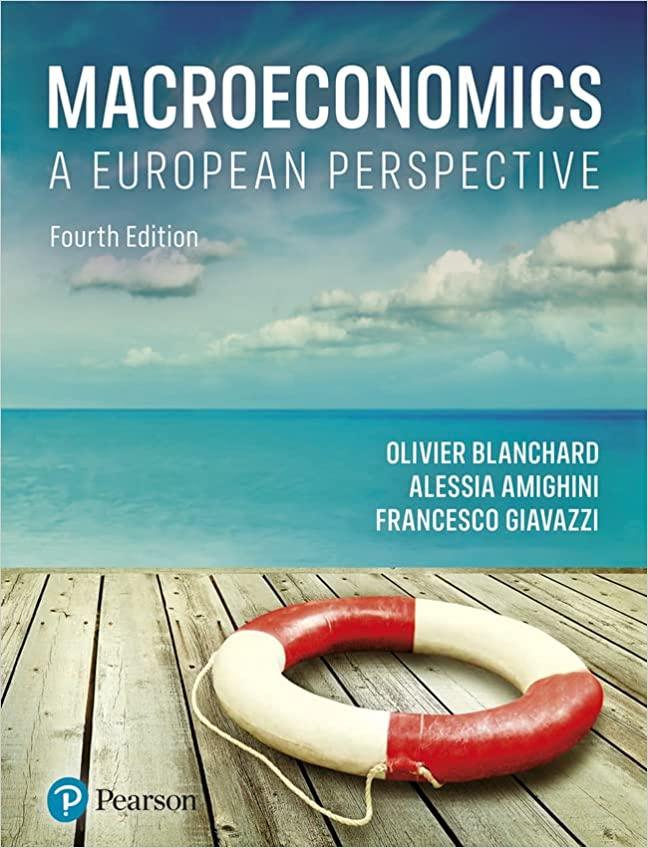As described in this chapter, during the Clinton administration, the policy mix changed toward more contractionary fiscal
Question:
As described in this chapter, during the Clinton administration, the policy mix changed toward more contractionary fiscal policy and more expansionary monetary policy. This question explores the implications of this policy mix, in both theory and fact.
a. What must the Federal Reserve do to ensure that, if \(G\) falls and \(T\) rises, that combination of policies has no effect on output? Show the effects of these policies in an IS-LM diagram. What happens to the interest rate? What happens to investment?
b. Go to the website of the Economic Report of the President www.govinfo.gov/app/collection/erp/2019 and look at Table B-46 in the statistical appendix. What happened to federal receipts (tax revenues), federal outlays, and the budget deficit as a percentage of GDP over the period 1992 to 2000? (Note that federal outlays include transfer payments, which would be excluded from the variable \(G\), as we define it in our IS-LM model. Ignore the difference.)
c. The Federal Reserve Board of Governors posts the recent history of the federal funds rate at www.federalreserve. gov/releases/h15/data.htm. You can look at the rate on a daily, weekly, monthly or annual interval. Look at the years between 1992 and 2000 . When did monetary policy become more expansionary?
d. Go to Table B-2 of the Economic Report of the President and collect data on real GDP and real gross domestic investment for the period 1992 to 2000 . Calculate investment as a percentage of GDP for each year. What happened to investment over the period?
e. Finally, go to Table B-31 and retrieve data on real GDP per capita (in chained 2005 dollars) for the period. Calculate the growth rate for each year. What was the average annual growth rate over the period 1992 to 2000? In Chapter 11 you will learn that the average annual growth rate of US real GDP per capita was 2.6\% between 1950 and 2004. How did growth between 1992 and 2000 compare to the post-Second World War average?
Step by Step Answer:

Macroeconomics A European Perspective
ISBN: 9781292360898
4th Edition
Authors: Olivier Blanchard, Alessia Amighini, Francesco Giavazzi





